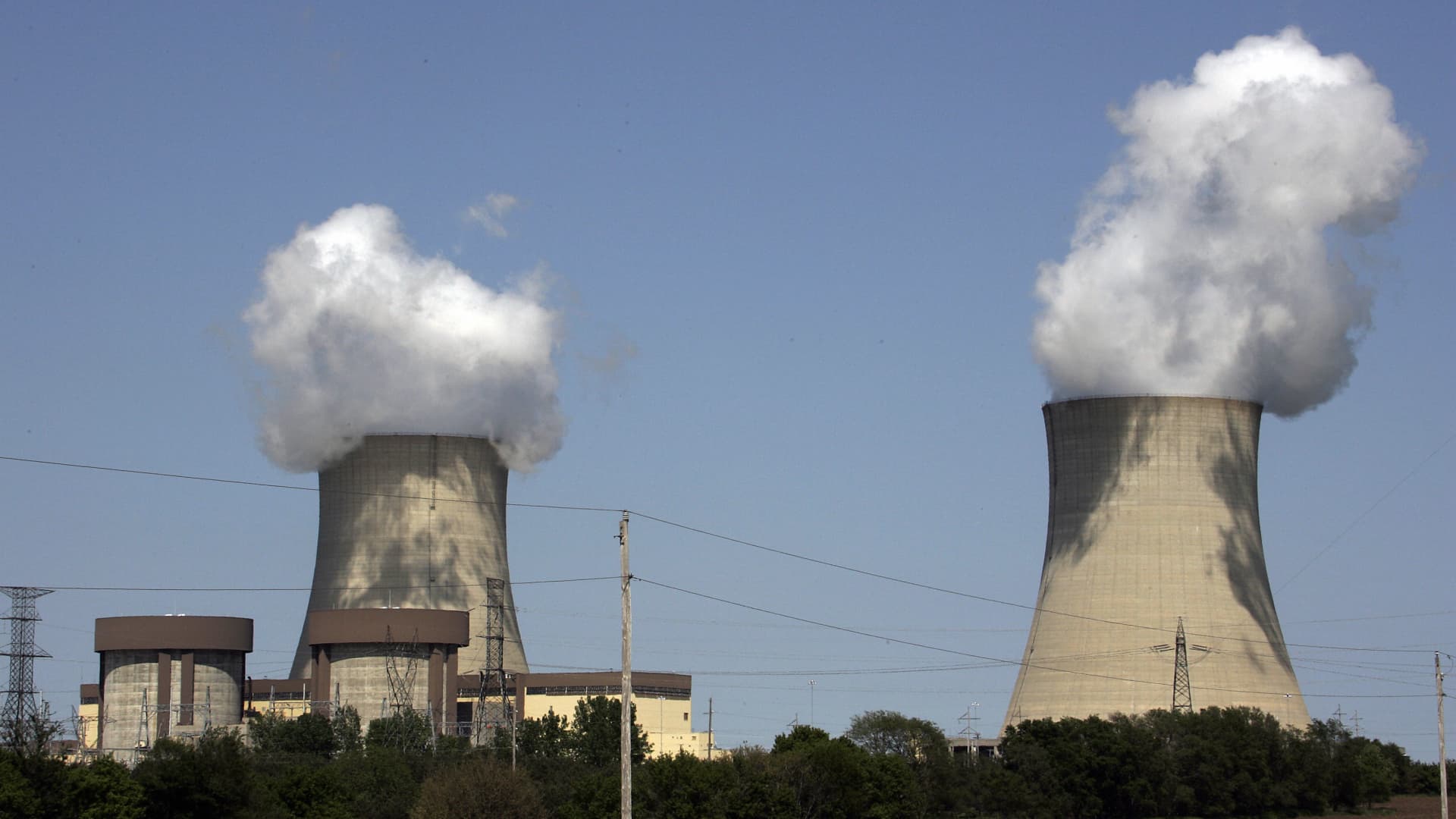Jimmy Higgins
Contributor
- Joined
- Jan 31, 2001
- Messages
- 50,509
- Basic Beliefs
- Calvinistic Atheist
I still don't buy the green hydrogen. It just makes the Con red flags pop up. Making hydrogen at a loss with green energy, that could otherwise be used directly for the grid. The math just seems suspect to me. Kind of like the math a solar contractor uses to make it seem like a homeowner is saving a lot of money with solar panels, when in reality, they aren't, by a long shot, at least where I live.Texas is working on wind to hydrogen. Supposedly first phases to start by 2026. Meanwhile, proposed smal reactors will save excess power in vast hot salt storage systems. Nuclear also has a storage problem. Demand is variable. At low demand times, they have wasted power, and thus income.
Regarding nuclear, couldn't that excess low demand time power just go to really green hydrogen?

